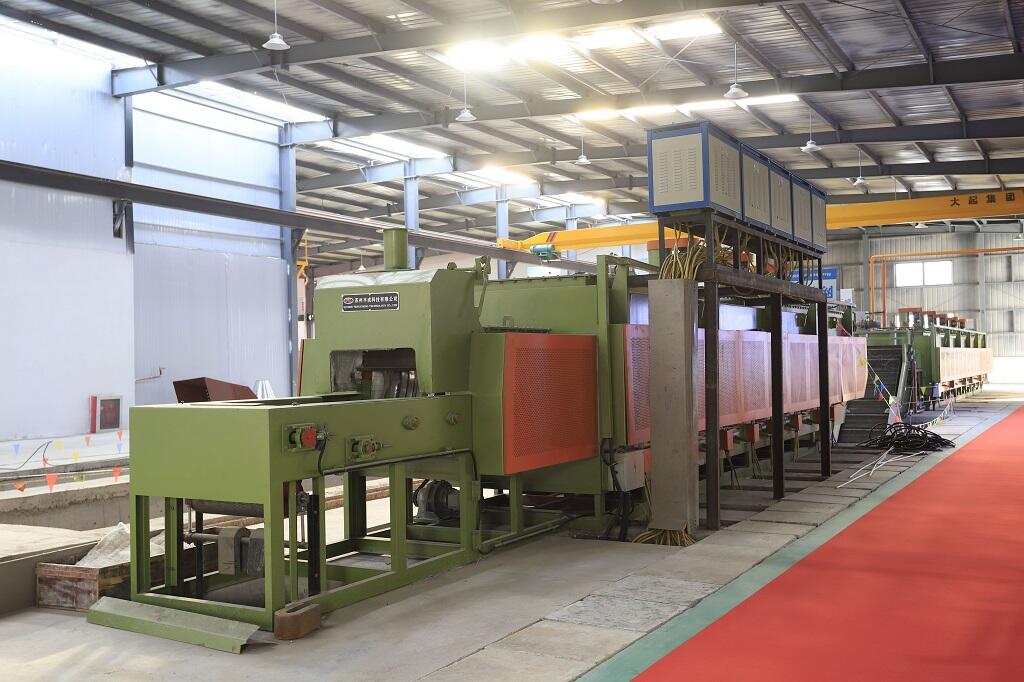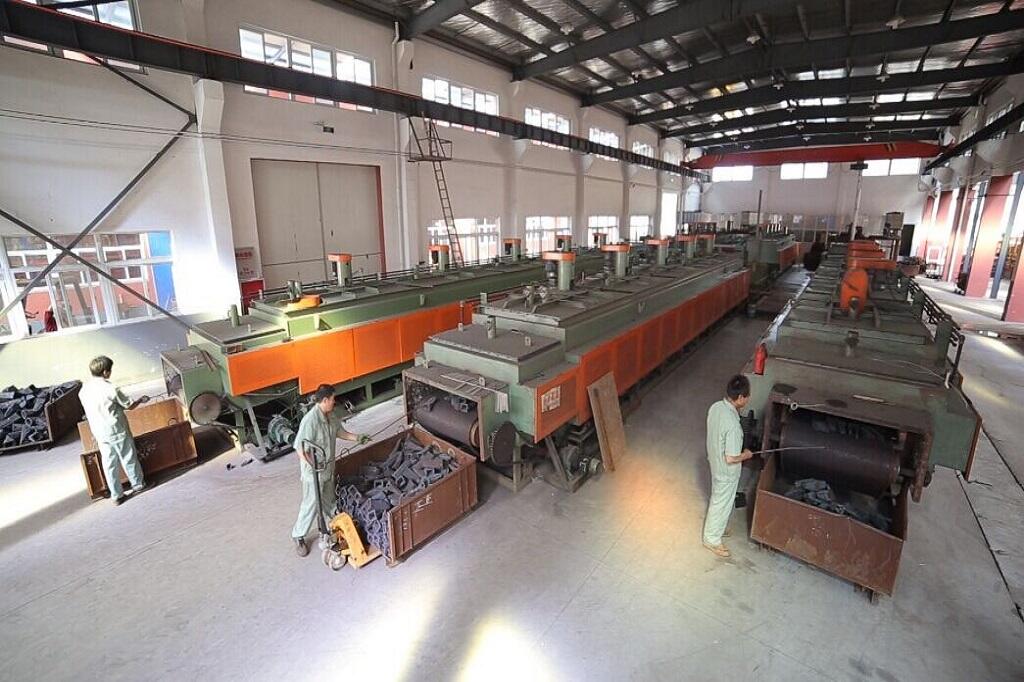Contact Info
Wangjiaao, Yunlong Town, Yinzhou District, Ningbo City, Zhejiang, P.R. China.
Introduction
Heat treatment is a critical process in the world of industrial manufacturing—one that most people never see but rely on every day. From the strength of an aircraft engine to the flexibility of automotive parts, heat treatment ensures metals are tough enough to endure stress, wear, and extreme environments.
What Is Heat Treatment?
Heat treatment refers to a series of thermal processes that alter the physical—and sometimes chemical—properties of metals and alloys. By precisely controlling heating and cooling cycles, manufacturers can enhance a material’s hardness, ductility, strength, and wear resistance. This process is essential to industries such as aerospace, automotive, oil and gas, heavy machinery, electronics, and defense, where material reliability and safety are non-negotiable.

How Heat Treatment Works
At the heart of heat treatment is the transformation of a metal’s microstructure—its internal grain arrangement that determines mechanical properties.
The Process Involves:
Each step must be calibrated for the specific material and intended outcome. For example, rapid quenching may increase hardness but also brittleness, whereas slow cooling may soften the metal for improved workability.
Metallurgists—scientists specializing in metals—play a vital role in determining optimal heat treatment parameters, helping manufacturers achieve precise results.
Common Types of Heat Treatment
|
Process |
Function |
Key Benefits |
|
Hardening |
Increases hardness and strength by transforming the microstructure into a stable, strong form. |
Ideal for cutting tools, machine parts, and wear-resistant components. |
|
Annealing |
Softens the metal, improves ductility, and relieves internal stresses. |
Used for copper, aluminum, steel, silver, and brass to enhance workability. |
|
Tempering |
Reduces brittleness in hardened metals while maintaining strength. |
Common for steel parts in automotive and structural applications. |
|
Case Hardening |
Hardens the outer surface while keeping the core soft and ductile. |
Used in gears, shafts, and parts requiring impact resistance. |
|
Normalization |
Refines grain structure for improved toughness and ductility. |
Applied to carbon and alloy steels for structural integrity. |
Why Heat Treatment Is Essential
Without heat treatment, many modern products would either fail under load or wear out prematurely. This is especially true for steel, aluminum, titanium, and other critical alloys used in:
Heat-treated metals deliver superior mechanical properties—greater strength, improved fatigue resistance, enhanced corrosion resistance, and longer service life. This translates into fewer replacements, lower maintenance costs, and safer, more efficient machines.

Real-World Impact
Take for instance an aerospace turbine blade operating at thousands of revolutions per minute. Without precise heat treatment, the blade could crack, warp, or even disintegrate under extreme temperature and pressure. Through advanced thermal processing, the blade gains both the hardness to resist deformation and the flexibility to absorb vibrations, ensuring safe and long-lasting operation.
Conclusion
Heat treatment may occur behind the scenes, but its results are front and center in the reliability, strength, and safety of countless industrial and consumer products. By modifying the microstructure of metals through precisely controlled heating and cooling cycles, manufacturers unlock their materials’ full potential, powering innovation in transportation, infrastructure, energy, and technology.
Whether you're producing high-performance parts for aerospace, automotive, or heavy machinery, heat treatment remains the foundation of modern metallurgical excellence.
 Hot News
Hot News